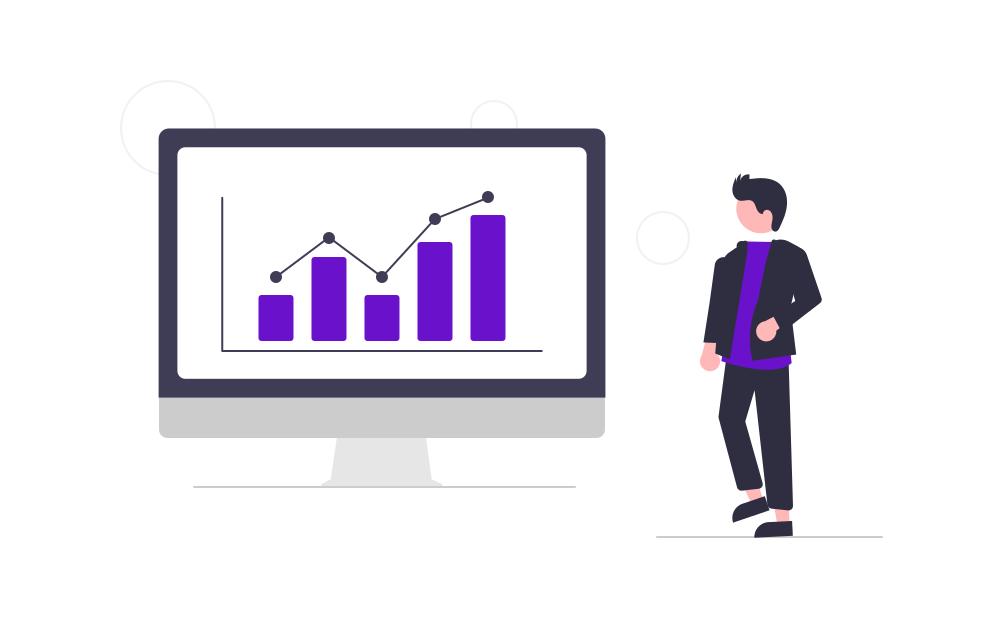In today’s competitive digital landscape, businesses are constantly seeking ways to enhance user experience and drive conversions. One of the most effective strategies to achieve this is through personalization. By tailoring content, products, and offers to individual user preferences and behaviors, businesses can significantly increase engagement and conversion rates. In this blog, we’ll explore the various dimensions of personalization and its profound impact on conversion rates.
Understanding Personalization
Personalization involves customizing the user experience based on individual characteristics and behaviors. This can include personalized product recommendations, targeted content, customized emails, and dynamic website experiences. The goal is to make each user feel valued and understood, thereby increasing their likelihood of making a purchase.
The Psychology Behind Personalization
Personalization works because it taps into the fundamental human desire for recognition and relevance. When users feel that a brand understands their needs and preferences, they are more likely to engage with the content and offers presented to them. This sense of personalized attention fosters trust and loyalty, which are crucial for driving conversions.
Types of Personalization
-
Behavioral Personalization: This involves tracking user behavior on a website or app to deliver relevant content and offers. For example, if a user frequently visits a particular product category, showing them related products or special offers in that category can increase the likelihood of conversion.
-
Demographic Personalization: Using demographic data such as age, gender, location, and income level to tailor content and offers. For instance, a clothing retailer might showcase different products to teenagers versus adults.
-
Contextual Personalization: This type focuses on the context in which the user is interacting with the brand. For example, a travel website might show different offers to a user browsing from a mobile device versus a desktop computer, considering the user's likely intent and browsing habits.
-
Transactional Personalization: Leveraging past purchase history to recommend similar or complementary products. For example, an e-commerce site can suggest accessories or related items based on previous purchases.
Benefits of Personalization
-
Increased Engagement: Personalized content captures user attention more effectively than generic content. Users are more likely to engage with content that is relevant to their interests and needs.
-
Higher Conversion Rates: When users see content and offers that resonate with them, they are more likely to convert. Personalization helps in presenting the right message at the right time, significantly boosting conversion rates.
-
Improved Customer Loyalty: Personalized experiences foster a sense of loyalty and satisfaction among customers. When users feel understood and valued, they are more likely to return and make repeat purchases.
-
Enhanced User Experience: Personalization contributes to a smoother and more intuitive user experience. By anticipating user needs and preferences, businesses can reduce friction and make it easier for users to find what they are looking for.
Implementing Personalization Strategies
-
Data Collection and Analysis: Effective personalization requires robust data collection and analysis. Businesses need to gather data on user behaviors, preferences, and demographics to create accurate user profiles.
-
Segmentation: Segmenting users based on their characteristics and behaviors allows for more targeted personalization. For instance, segmenting users by purchase history can help in tailoring product recommendations.
-
Dynamic Content: Implementing dynamic content that changes based on user interactions can enhance the personalization experience. For example, displaying different homepage banners based on user interests can make the website more engaging.
-
AI and Machine Learning: Leveraging AI and machine learning algorithms can help in predicting user preferences and behaviors, enabling more accurate and effective personalization.
-
Continuous Testing and Optimization: Personalization strategies should be continuously tested and optimized to ensure they are delivering the desired results. A/B testing and user feedback can provide valuable insights for improvement.
Measuring the Impact of Personalization
-
Conversion Rate: The most direct measure of personalization effectiveness is the conversion rate. Businesses should track changes in conversion rates before and after implementing personalization strategies.
-
Engagement Metrics: Metrics such as click-through rates, time spent on site, and page views can indicate how well personalized content is engaging users.
-
Customer Retention Rates: Higher retention rates can be a sign of successful personalization, as satisfied and engaged users are more likely to return.
-
Average Order Value (AOV): Personalization can also impact AOV by encouraging users to purchase additional or higher-value items.
-
Customer Satisfaction Scores: Surveys and feedback can provide insights into how personalization is affecting customer satisfaction.


